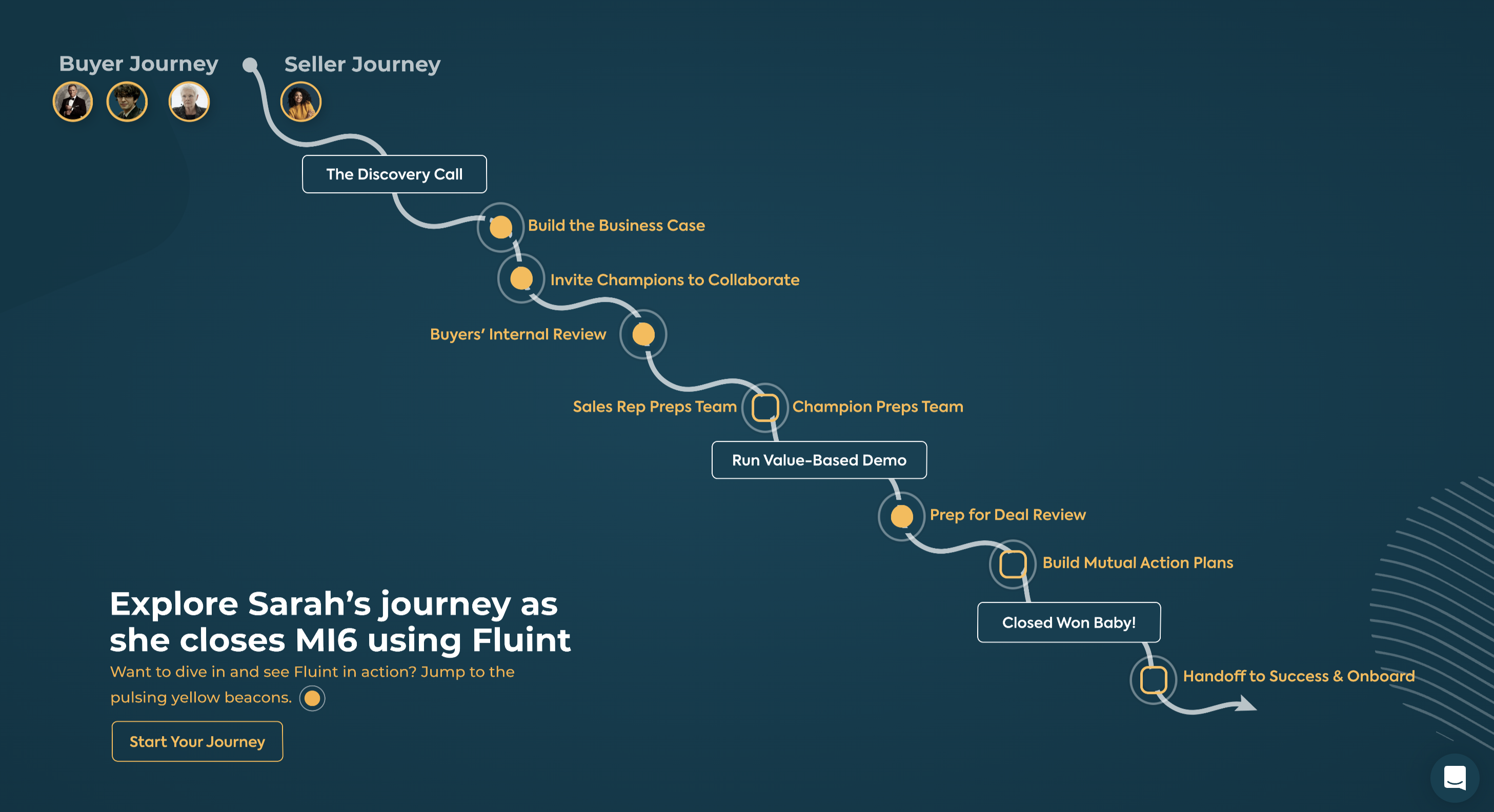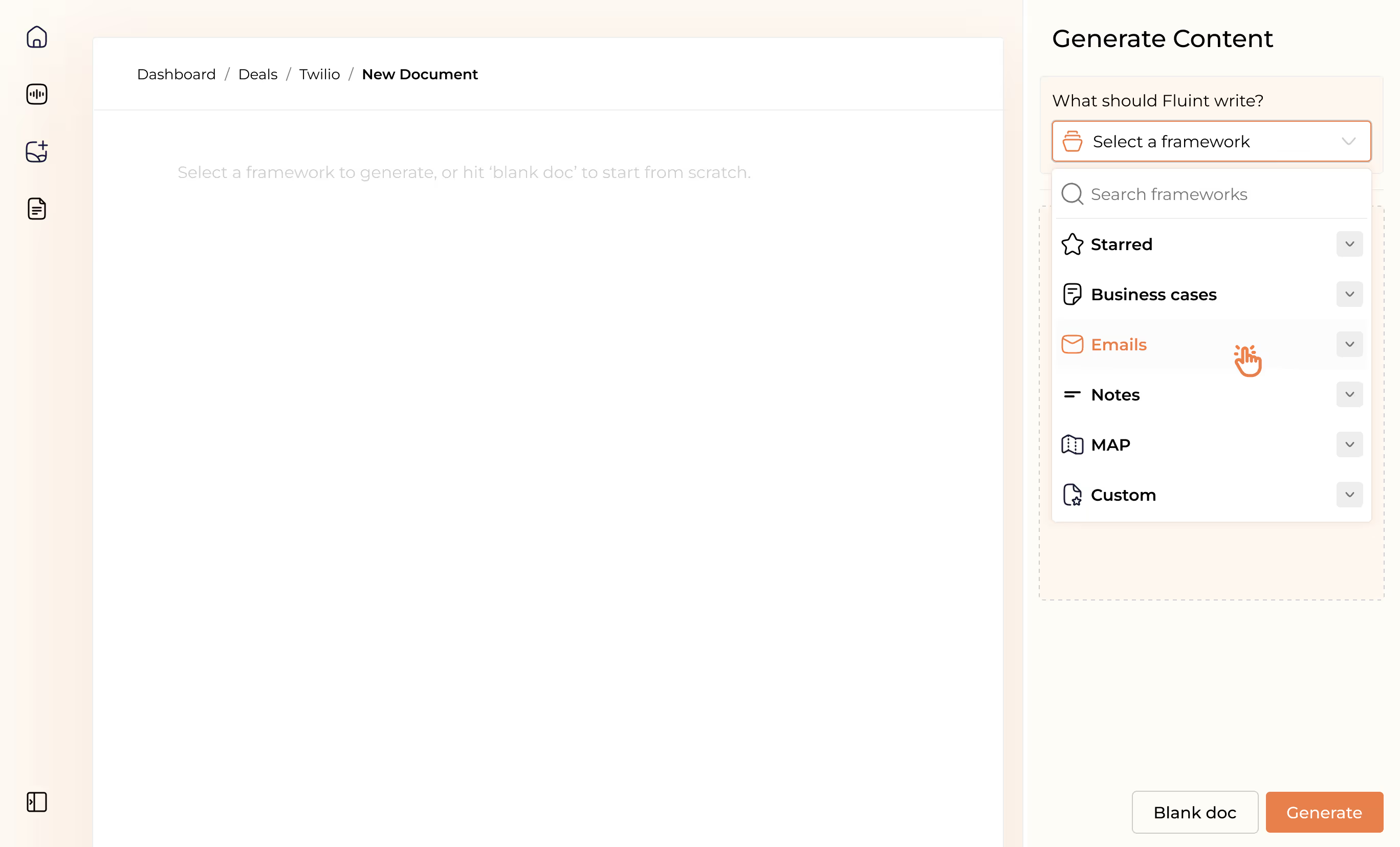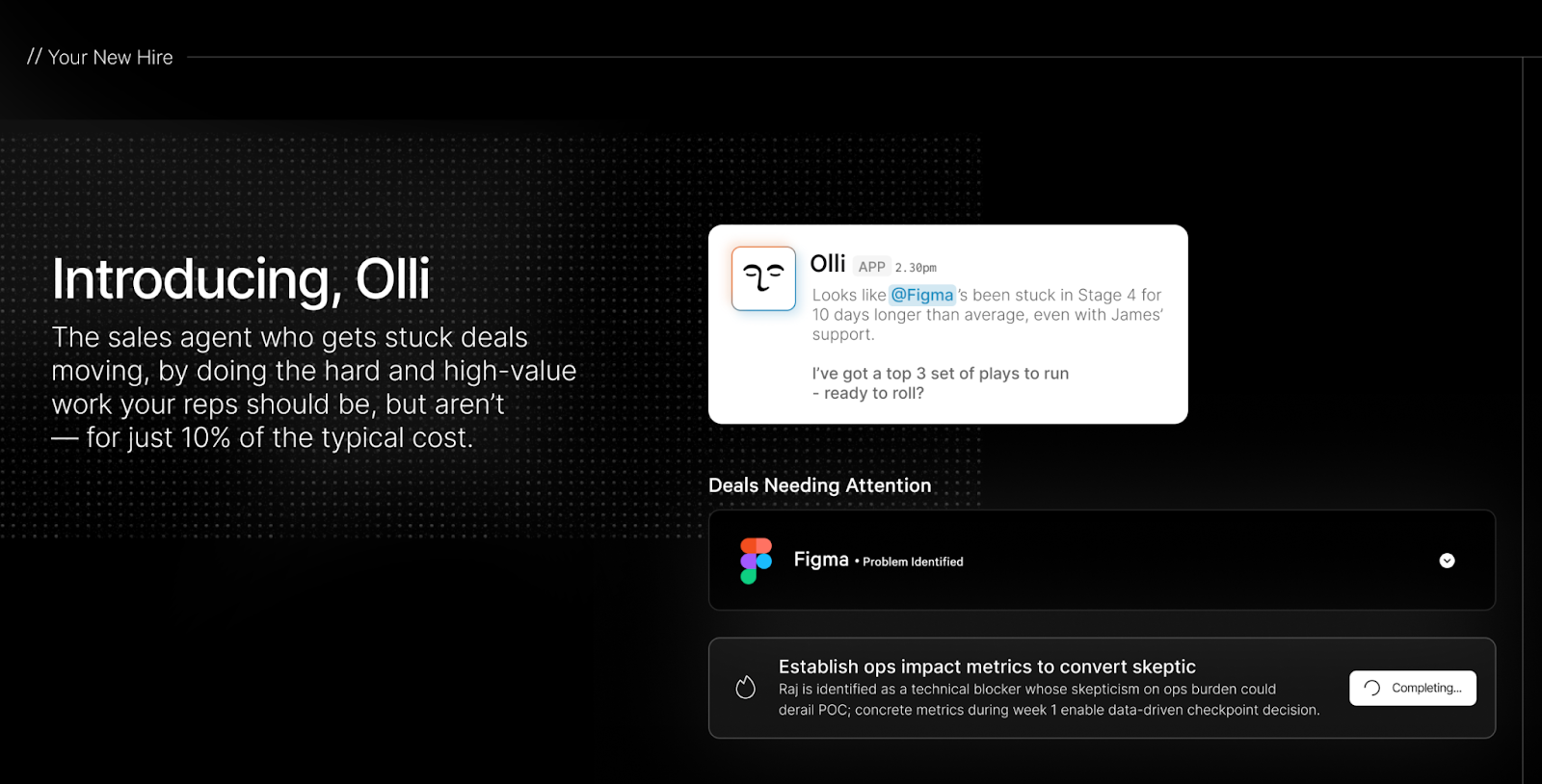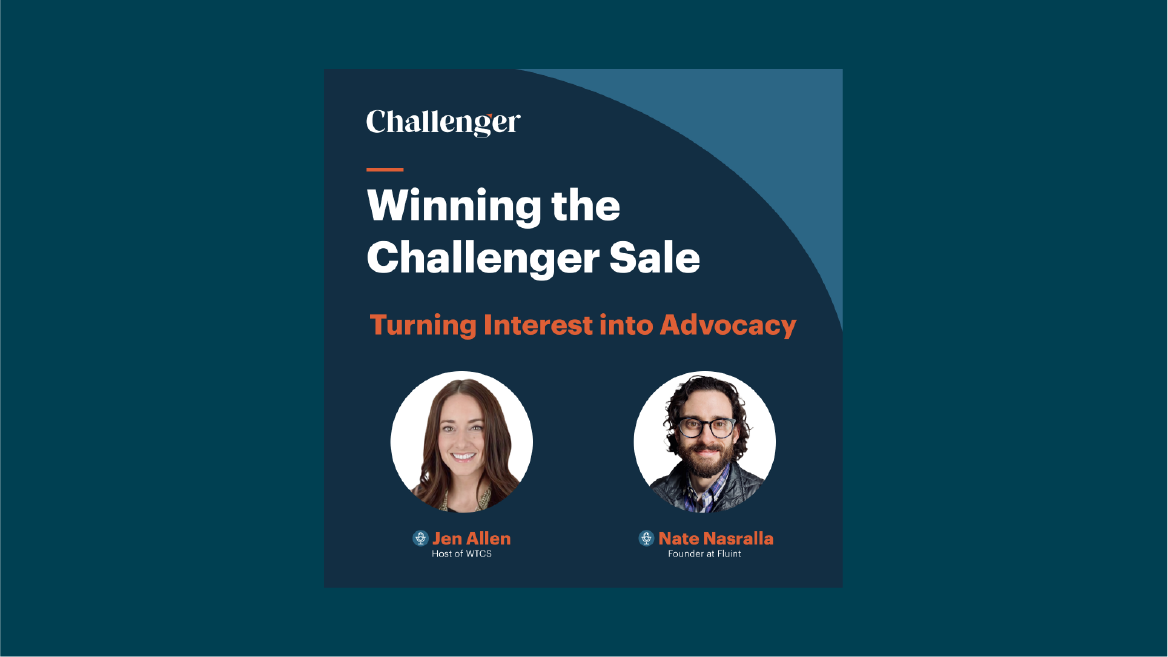Selling in Vectors: Using Influence & Consensus to Get Complex Deals Done


This post will combine a few different ideas from this blog into a single concept.
Tying together this set of realities that are at work, in all your deals:
- People don’t like change. They resist it.
- You need deal momentum to overcome that resistance.
- Building deal momentum depends on how strong your narrative is.
- Strong narratives = clear message + compelling messenger.
- The contact delivering your narrative needs lots of influence.
- Influence is how you shift an organization’s direction.
- Complex deals = aligning groups on one direction.
The concept? Selling in “vectors.” Which comes from this quote by Elon Musk:
Every person in your company is a vector. Your progress is determined by the sum of all vectors.
Every Contact in Your Deal is a Vector
To start, a vector is something that has both magnitude and direction.
Vector addition says that when two or more vectors are added together, where and how far they move always depends on:
- How well aligned are the vectors? Are they all headed in the same direction?
- Which direction are the strongest vectors pointing?
For example, let’s say we have one vector that’s 3 “units” strong, and another that’s 7.

If they’re perfectly aligned, then together, they can move 10 units forward:

If they’re not, they’ll offset each other:

So you can see just how important alignment is. Every vector needs to be moving in the same direction to make any real progress.
How to Sell in Vectors
We can build on this concept with the idea that selling is simply moving a buying team from where they are today (a problem), to where they want to go tomorrow (a payoff).
Which combines the two elements of a vector:
- Direction. Everyone has a (conflicting) opinion about the right way to work. Executive priorities set the destination, but project teams have to figure out the way to get there.
The tricky part is the path to get there is rarely linear — it often curves and backtracks — which is what makes complex deals, complex.
- Magnitude, or strength, is determined by influence. And influence isn’t found in someone’s title or the corporate hierarchy. People build varying levels of trust, social capital, and internal reputations over time. This affects how they’re seen and heard.
Which means two different people can say the exact same thing, and get drastically different results. One contact will be able to take a project the distance and make fast progress. Another will struggle to create any forward progress at all.
Now, let’s apply this to an example of a project team.
Each contact has direction and magnitude (if you skipped it, see above for definitions):

For a small and low-risk project, we might be able to get a deal done with this group.
Let’s say the distance between where they are and want to go = 15 "units" because:
- We’re optimizing a process, not changing it.
- We need < 2 weeks of time and people to implement.
- Only an incremental outcome is needed to justify a small expense.
In this case, here’s how the group will come together:

But now, let’s say the project means moving the company forward by at least 30 "units."
It’s a more transformational project that requires:
- Changing behavior to align with a brand new process.
- 3 - 4 months of implementation, rollout, and training.
- Serious financial investment over at least 3 years.
The group’s going to fail to get this job done:

So the question, then, how do we align all vectors in our deal?
And how do you get the highest-influence vectors pointing in your direction?
6 Practices for Selling in Vectors
1. Craft a written, exec-level narrative.
Narratives set direction. Executives use them to communicate where they want to go and why, to get their people aligned. Doing this in written form will:
- Let people react to something specific and concrete.
- Focus the project team’s internal conversations.
- Keep everyone in sync.
2. Compress your narrative into a short soundbite.
Repetition is persuasive. Make sure you can distill that page-length narrative into a sentence or two soundbite. One that’s easy to share and say again, and again.
The more often it’s repeated, the more you’ll start to shift people’s direction.
3. Get the right contacts to spread that soundbite.
This is where multithreading to curate the *right* buying committee comes in. While designing the flow of internal communication, based on the “shadow org chart.”
4. Invite disagreement in discovery.
Someone always has a different opinion. So don’t leave your champions to sand down that friction alone. Instead, try asking:
Is there someone on your team who you think might be willing to disagree with us, so we can be sure we have a good fit?
The key to this phrasing is “willing to disagree.”
You’re asking for a nomination. And guess who ends up filling the role? The strongest critic.
5. Keep people moving forward with a joint plan.
This is largely something you’ll be managing, as a service to your champions.
Designing and managing an effect sequence of events to keep everyone aligned in the back half of a deal is your job as “project manager.”
6. Think of your internal deal team as vectors.
Need something that’s a little unique or custom to accommodate the customer?
CS to change up the standard set of services? Finance to signoff on unique terms?
Product to align roadmap with a needed but missing feature?
Yep. All the contacts involved in this are vectors, with strength and direction impacting your deal.
7 Vector-Based Questions for Deal Reviews
The next time you're walking into a deal review, try adding these questions into the mix:
Questions About "Direction"
- Who's working against the deal? What do they know that we don't, or believe that we haven't spoken to?
- What projects/priorities are pulling our contacts in a different direction?
- Where, exactly, are people falling out of alignment? Is everyone even thinking about the problem in the same way?
- What's the mutual success plan / sequence of events we need everyone to stay aligned with?
Questions About "Magnitude"
- Which direction are the highest-influence vectors pointing? Towards us? A competitor? Or a different approach all together?
- Who has a level of "social capital" that's incongruent with their title? Manager-level contacts we overlooked? VP level contacts we're wasting time with?
- What's the narrative we're creating for our high-influence contacts to share? Are we enabling them with the right message?
Short Case Study: “Check out this call recording.”
One of my favorite moments in a deal is when champions will record an internal meeting, then share the recording after. So I can listen to and learn from the conversation.
It takes a high level of trust, for sure.
But they love doing it, because then, I can fold any questions or concerns raised into our business case.
For example, I recently listened to an internal recording for one deal I’m actively working on right now. There were a few different vectors in play:
- Two of the team’s top sellers were strongly aligned with Fluint.
They were in lockstep, going back and forth answering questions from the Head of Global Enablement, point her in the same direction.
- Their VP joined in halfway through the call, and started outlining why he believes Fluint aligns with the direction their CRO set around value selling.
Which added a higher degree of influence or “magnitude” into the conversation.
- One of the takeaways at the end was deciding to connect me with their “Value Management” team.
Which is another set of contacts we can help. Value teams love us, because Fluint takes away the manual work to create the "inputs" for a business case.
But without extra context, they might see us as competitive, and start moving the deal in the opposite direction. Even though we want move them forward.
Creating Content to Make it All Work
The one practice that ties all of these steps together?
Creating high-quality deal content:
- Internal briefs to align your internal deal team
- Mutual actions plans to keep people on schedule
- A narratively-structured business case that speaks to execs
- Forwardable emails with short soundbites from the buying team
Which is why Fluint gives every single one of your deals a workspace, that generates each piece of content across the buyer's journey.
Click here to see how it works, and step through an example journey:

FAQ's on:
Why stop now?
You’re on a roll. Keep reading related write-up’s:
Draft with one click, go from DIY, to done-with-you AI
Get an executive-ready business case in seconds, built with your buyer's words and our AI.

Meet the sellers simplifying complex deals
Loved by top performers from 500+ companies with over $250M in closed-won revenue, across 19,900 deals managed with Fluint

Now getting more call transcripts into the tool so I can do more of that 1-click goodness.



The buying team literally skipped entire steps in the decision process after seeing our champion lay out the value for them.


Which is what Fluint lets me do: enable my champions, by making it easy for them to sell what matters to them and impacts their role.








